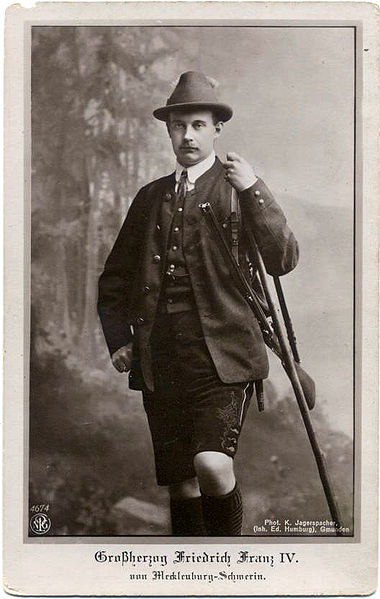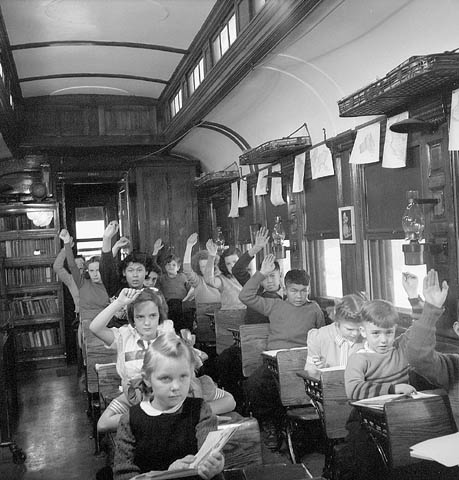David Bentley Hart has a new article out in the
January edition of First Things, so naturally my heart is all a-flutter. My first impulse is obviously to take this brief thousand-or-so word article and compose a voluminous, multi-part series on its many strengths and weaknesses. Since, however, I only just completed one such exercise in
shameless intellectual fawning, I will try to condense my reflections on "The Precious Steven Pinker" to a single entry.
As the title suggests, Hart's article is responding to Steven Pinker's latest effort,
The Better Angels of Our Nature: Why Violence Has Declined. At its core, this work is essentially the antithesis of Hart's earlier
Atheist Delusions: The Christian Revolution and Its Fashionable Enemies. Pinker's aim is to demonstrate how, contrary to popular perception (and Hart's academic conclusion), the world is actually a safer, less violent place than in dark times past. Further, Pinker wants his readers to believe that the cause of this improvement has been the rise of "reason" and the abatement of religion. Hart deftly identifies three core problems with this assessment.
1) The Myth of the "Dark Ages"
Pinker, being himself a psychologist and not a historian, falls all to easily into the common fable in the popular canon of historical myth that there was such a time as the "Dark Ages" when everything was horrible, all the advances of classical civilization were lost, and blind, corrosive faith reigned supreme. In Hart's own words, Pinker's "almost cartoonish" treatment of the Middle Ages consists in him presenting them "as a single historical, geographical, and cultural moment" easily encapsulated in the caricature which dominates vulgar discourse. In truth, the Middle Ages (inappropriately so-called) were a diverse time both of great progress (whatever that may mean) and great tragedy, depending on when, where, and of whom we are speaking.
[Pinker] says nothing of almshouses, free hospitals, municipal physicians, hospices, the decline of chattel slavery, the Pax Dei and Treuga Dei, and so on. Of the more admirable cultural, intellectual, legal, spiritual, scientific, and social movements of the High Middle Ages, he appears to know nothing. And his understanding of early modernity is little better. His vague remarks on the long-misnamed “Wars of Religion” are tantalizing intimations of a fairly large ignorance.
It is difficult to write a history of violence without at least some firm grasp of history.
2) The Myth of the secular "Enlightenment"
Pinker will make the same error of two dimensional thinking with his reconstruction of the Enlightenment. He sees "not the dark side of the “Enlightenment” and the printing press—“scientific racism,” state absolutism, Jacobinism, the rise of murderous ideologies, and so on—but the nice Enlightenment of “perpetual peace,” the “rights of man,” and so on." There is a greater error that Hart exposes in Pinker's treatment of the Enlightenment, however, and that is the assumption that its positive advances (and there were many) were somehow purely secular. He ignores that many of the ideas of the Enlightenment had their root directly and relevantly in religious, "unreasonable" concepts which preceded them. Pinker acknowledges know sense of continuity, no genetic association between the thought of the "dark ages" and that of the Enlightenment.
Pinker’s is a story not of continuous moral evolution, but of an irruptive redemptive event. It would not serve his purpose to admit that, in addition to the gradual development of the material conditions that led to modernity, there might also have been the persistent pressure of moral ideas and values that reached back to antique or medieval sources, or that there might have been occasional institutional adumbrations of modern “progress” in the Middle Ages, albeit in a religious guise.
Polemicists--particularly those who are not historians--make this error in almost every attempt to marshal history to an ideological cause. Consider the ongoing argument in American politics about whether or not the country was founded on Christian ideas. The question should not be--though it too often is--was Benjamin Franklin an agnostic or James Madison a deist? The issue is with the proximate and ultimate cultural sources of ideas such as "perpetual peace" and "the rights of man" which characterize the Enlightenment and encapsulate the core principles of the American experiment.
3) The Flaw in Comparative Statistics
Perhaps the most pernicious of Pinker's errors is not historical but statistical. There is an ongoing debate which centers around whether or not to adjust statistics about violence to account for population figures. Pinker is of the school of thought that violence should be measured statistically as a figure of violent deaths per capita. This certainly has an objective reasonableness to it. After all, it would not due to say that the total combined wealth of the United States in the 1920s was ten billion dollars, that it was one hundred billion dollars in the 2000s, ergo people are ten times wealthier now than they were then. That is, however, precisely the problem. Pinker's argument understands human life in the same way that it does money. In truth, we intuitively realize that a single human life has an absolute value which cannot be comparatively reduced. Pinker's statistics leave no room for this distinction.
But statistical comparisons like that are notoriously vacuous. Population sample sizes can vary by billions, but a single life remains a static sum, so the smaller the sample the larger the percentage each life represents. Obviously, though, a remote Inuit village of one hundred souls where someone gets killed in a fistfight is not twice as violent as a nation of 200 million that exterminates one million of its citizens...In the end, what Pinker calls a “decline of violence” in modernity actually has been, in real body counts, a continual and extravagant increase in violence that has been outstripped by an even more exorbitant demographic explosion.
Hart points out other flaws in Pinker's statistical methods as well, including the increased life expectancy and decreased infant mortality, each of which Hart believes skews the numbers in support of Pinker's theory.
The most enjoyable part of Hart's article is certainly his surgical evisceration of Pinker's argument, but Hart concludes on a milder note, praising the stream of Pinker's thought for not succumbing to the crushing weight postmodernism. He waxes poetic, as he so often does, about the beautiful, inviolable faith of those who pretend to be faithless. In truth, the above does not begin to mine the riches which I believe are embedded in all of Hart's prose, but I will leave it to interested parties to read the remainder of the article. It is certainly well worth it.








